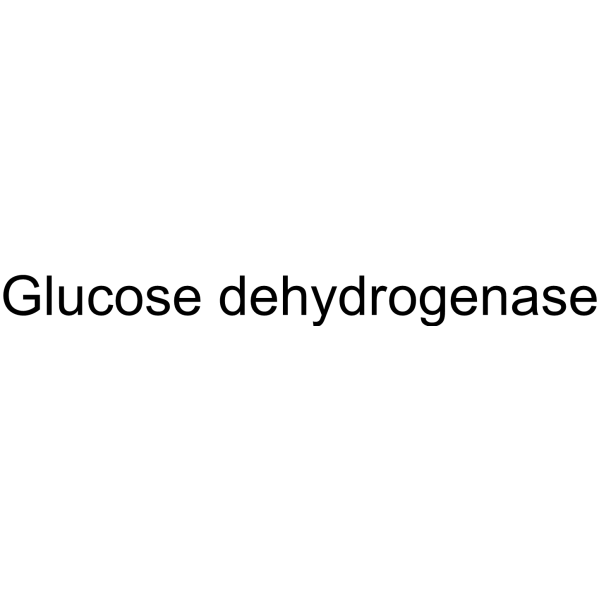ec 1.1.1.47

ec 1.1.1.47 structure
|
Common Name | ec 1.1.1.47 | ||
|---|---|---|---|---|
| CAS Number | 9028-53-9 | Molecular Weight | N/A | |
| Density | N/A | Boiling Point | N/A | |
| Molecular Formula | N/A | Melting Point | N/A | |
| MSDS | USA | Flash Point | N/A | |
Use of ec 1.1.1.47Glucose dehydrogenase is a oxidoreductase. Glucose dehydrogenase catalyzes the oxidation of β-D-glucose to β-D-glucono-1,5-lactone with simultaneous reduction of the cofactor NADP+ to NADPH or, to a lesser extent, NAD+ to NADH. Glucose dehydrogenase accepts both NAD+ and NADP+ as cofactors and can be used for the regeneration of NADH and NADPH[1][2]. |
| Name | Dehydrogenase, Glucose |
|---|---|
| Synonym | More Synonyms |
| Description | Glucose dehydrogenase is a oxidoreductase. Glucose dehydrogenase catalyzes the oxidation of β-D-glucose to β-D-glucono-1,5-lactone with simultaneous reduction of the cofactor NADP+ to NADPH or, to a lesser extent, NAD+ to NADH. Glucose dehydrogenase accepts both NAD+ and NADP+ as cofactors and can be used for the regeneration of NADH and NADPH[1][2]. |
|---|---|
| Related Catalog | |
| References |
| Appearance of Characters | powder | white |
|---|---|
| Storage condition | 2-8°C |
|
Characterization of the low-temperature activity of Sulfolobus tokodaii glucose-1-dehydrogenase mutants.
J. Biosci. Bioeng. 118(4) , 367-71, (2014) Thermophilic enzymes are potentially useful for industrial processes because they are generally more stable than are mesophilic or psychrophilic enzymes. However, a crucial drawback for their use in s... |
|
|
Repression of oxalic acid-mediated mineral phosphate solubilization in rhizospheric isolates of Klebsiella pneumoniae by succinate.
Arch. Microbiol. 195(2) , 81-8, (2013) Two strains of Klebsiella (SM6 and SM11) were isolated from rhizospheric soil that solubilized mineral phosphate by secretion of oxalic acid from glucose. Activities of enzymes for periplasmic glucose... |
|
|
Enzyme catalyzed electricity-driven water softening system.
Enzyme Microb. Technol. 51(6-7) , 396-401, (2012) Hardness in water, which is caused by divalent cations such as calcium and magnesium ions, presents a major water quality problem. Because hard water must be softened before use in residential applica... |
| MFCD00131181 |